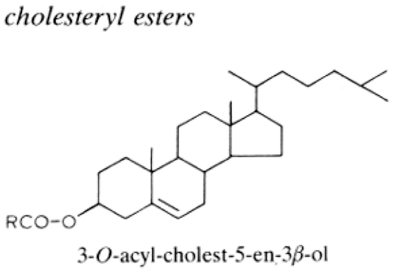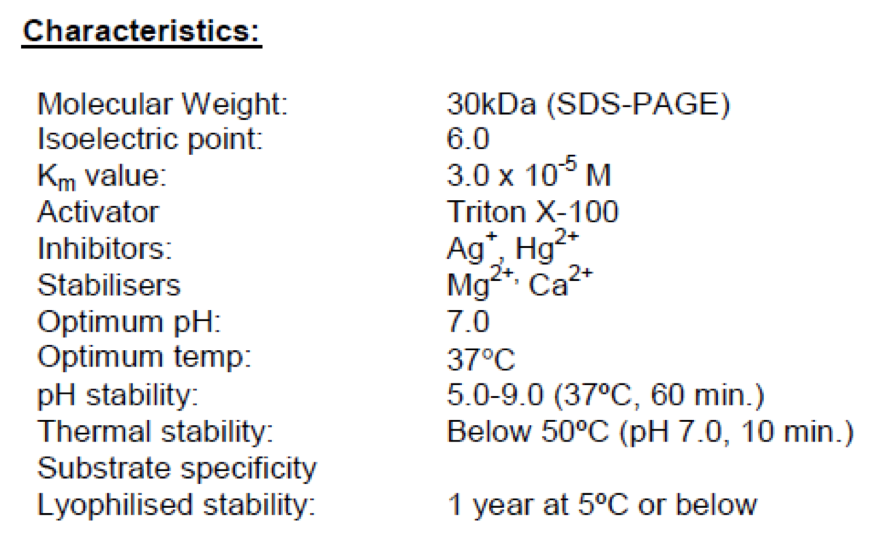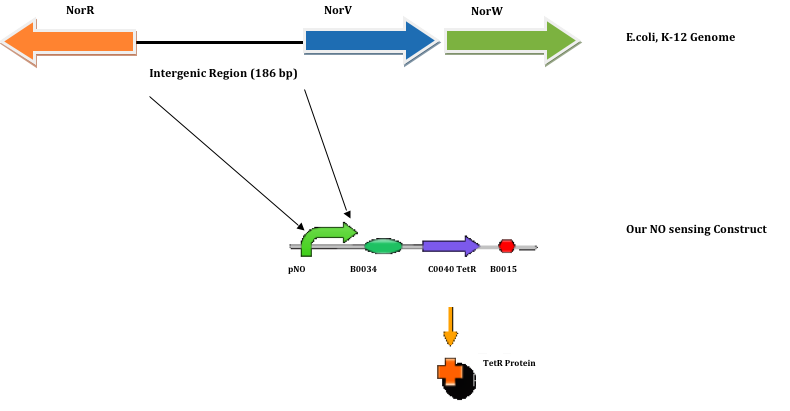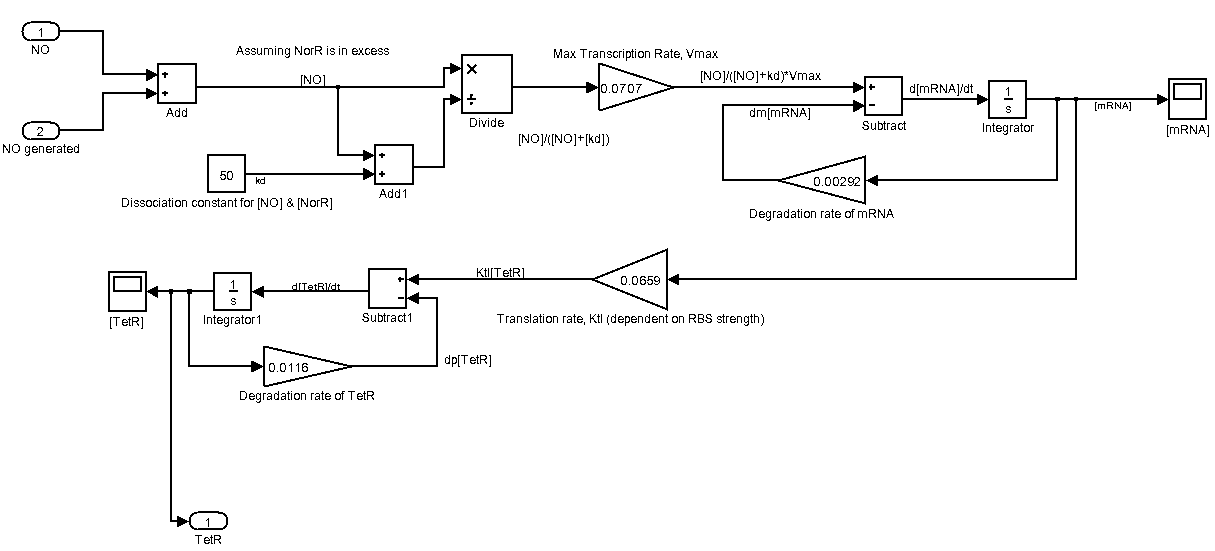Team:NTU-Singapore/Project/Prototype/Degrade
From 2009.igem.org
The Gunner
The Degradation will focus exclusively on breakdown of cholesteryl esters found in the lipid core.
As we have elaborated earlier in the Prototype Design section, this device consists of mainly a pTet-regulated sequence, with cholesteryl esterase (CHE) and LuxI as the major products.
Let us now see how exactly the device works.
Background
The thickening of an artery wall in atherosclerosis is mainly due to the build-up of fatty materials. Accumulation of cholesteryl esters (CEs) in macrophage foam cells is critical to atherosclerotic plaque formation. CEs are dehydrolyzed between the carboxylate group of a fatty acid and the hydroxyl group of cholesterol. They are less soluble in water than cholesterols, and form insoluble aggregates.
In order to alleviate the symptoms of shrinking blood vessel, and eventually cure atherosclerosis, CEs must be degraded and removed from the site of the plaque.
Previous works show that various cholesteryl ester hydrolases (CEHs) have been successfully cloned and expressed in both murine and human.
Further studies demonstrate that CEHs not only reduce high-fat, high-cholesterol diet-induced atherosclerotic lesion in mice significantly, but also eliminate CEs from macrophage foam cells in human.
So a prominent enzyme that can help degrade CEs should be incorporated in our system. Cholesteryl esterase (CHE), systematically known as steryl-ester acylhydrolase, is chosen to perform the crucial task because it is the prokaryotic homolog of CEH.
Mechanism
CHE catalyzes the hydration reactions of CEs into free cholesterol and fatty acids with high specificity.
Cholesteryl Ester + H2O → cholesterol + RCOOH
A device that could produce CHE is introduced to achieve the function of degrading and eliminating cholesteryl ester.
The gene is designed to work under the control of promoter pTet. pTet is a well-known promoter that is constitutively ON and repressed by TetR. TetR repression is inhibited by the addition of tetracycline or its analog, aTc.
Since TetR production is controlled by pNO, and it is suppressed at low NO concentration (indicating inflammatory condition at the atherosclerosis site), therefore the degrading device can be activated when NO concentration is low. With the proper working of pNO and pTet inverter, CHE synthesis can accomplish designed objectives with both temporal and spatial specificity.
Details of CHE
The 936 base pairs CHE gene is obtained from Pseudomonas aeruginosa, who produces the extracellular enzyme naturally. CHE suits more with our E. coli model system for similar expression mechanisms employed between the two organisms.
Construct Design
In our system, Plaque Out!, we wish to regulate the production of TetR protein with respect to the concentration of NO.
The TetR protein would in turn regulate the production of Cholesterol esterase (CHE), Haem Oxyenase (HO-1), and Infra-red protein (IFP). Thus, our NO sensing construct is as follows:
Characteristic Equations
Ligand binding :
Using Hill equation to express the fraction of NO-bound NorR, we assume independent and non-cooperative binding of NO (i.e. Hill coefficient is taken to be 1).
Thus, fraction of NO-bound NorR is described as follows:
Since the dissociation constant Kd1 can be illustrated as:
Fraction of NO-bound NorR can be expressed as a function of available NO concentration, [NO]free
Transcription of TetR
Deterministic first order differential equation (ODE) is used to depict the NO-regulated transcription of TetR.
Where Vmax is max transcription rate & Dm is the degradation rate of mRNA.
Translation of TetR
Deterministic first order ODE is used again to represent the translation of TetR protein.
Where Ktl is the translation rate of mRNA & Dp is the degradation rate of TetR protein.
Modelling & Simulation
We make the following assumptions:
- Biological systems of transcription and translation are assumed to be linear and time-invariant
- Concentration of the transcription factor, NorR in E.coli is assumed to be in excess and constant. Hence, [NorR] is not taken into account in our model
- There is no time lag for NO diffusion from ext. environment into the cell
- Constant Degradation rates for mRNA as well as protein
Instead of modelling with TetR, we are using GFP as our output. This is part of our effort in trying to predict the wetlab characterization of pNO.
The following is our Sense device represented as a Simulink system. Please click on it for a larger view.
Device Construction
Device Characterization
Literature / References
Please proceed here to view our full list of references.
 "
"








